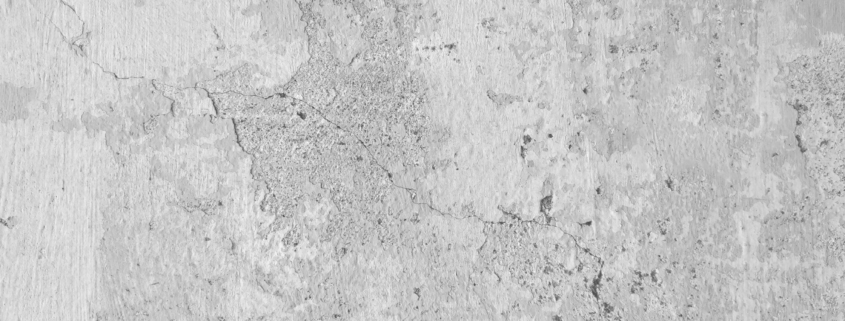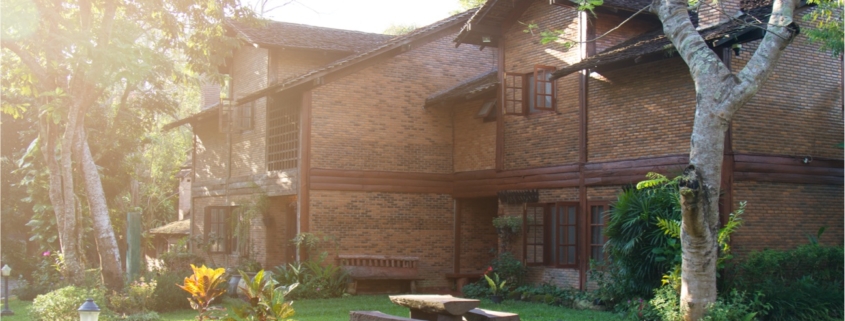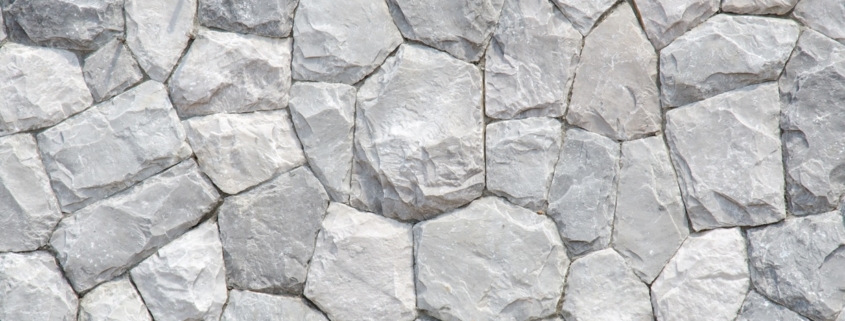It is often said that the home is where your heart is, as it’s the place you stay and sleep, build a family, and create a life you envision. This is why building the home of your dreams isn’t a walk in the park because you will want to ensure it is well-constructed, visually appealing, safe, and durable. Every step of the construction process should be taken seriously, from the planning stage to the actual building down to its completion.
In this article, we’ll specifically tackle what parging entails as part of your overall construction. Keep on reading as well to find out what the two types are, how it works, and how to apply the mixture, before you hire masonry services.
What parging is
It is the process of using a mixture of cement, sand, and water used by contractors to cover small areas and coat the surface of blocks. For the most part, it makes use of a trowel with the mixture or coating pressed into the existing surface. The ultimate purpose is to ensure the refinement of your concrete or masonry’s surface and serve as protection against water permeation. Know that this plays a crucial part in the overall construction of your house.
Two types of parging mixtures or coating
There are two types of mixture or coating that are commonly used for parging. Take note of the following before you look for parging services in Toronto:
- Cement-based coating: This mixture consists of cement, water, lime, and sand, and it is usually sold as a pre-made mix. There is a wide range of mixes that you can choose from based on colours. Ultimately, this type is considered to be a durable coating that can be used on any surface.
- Acrylic coating: This coating is regarded as a modern type of parging mixture. Unlike a cement-based coating, this mixture has less cement content while containing adhesive and fibreglass. Finally, it offers versatility and quality work ideal for robust water insulation.
How parging works
If you’re wondering about how parging works and when it is applied, consider the following pieces of information:
- For foundation walls: It is performed to cover and strengthen the surface of your foundation wall. A thin coating material is applied to the wall’s visible surface, giving it a smooth texture in the end.
- For cracked concrete: It is performed to fix and hide the cracks of your concrete. The process includes removing the existing clumps, scrubbing the surface, filling the cracks with mortar, and applying the coating using the trowel.
- For wall coating: It is performed to smoothen the walls’ surface to incorporate designs for aesthetic purposes. The process involves applying a thin coat of cement or mortar to the concrete surface of the wall.
Conclusion
There’s no denying that parging is a vital part of the overall construction. Not only does it provide a protective coating, but it also improves the overall aesthetics of your walls. Ultimately, it can impact the value of your house and give you and your family a comfortable place to live in.
We take pride in being one of the leading masonry companies in Toronto. If you’re specifically looking for parging services, get in touch with our experts at Red Robin Masonry – we’re happy to help!




